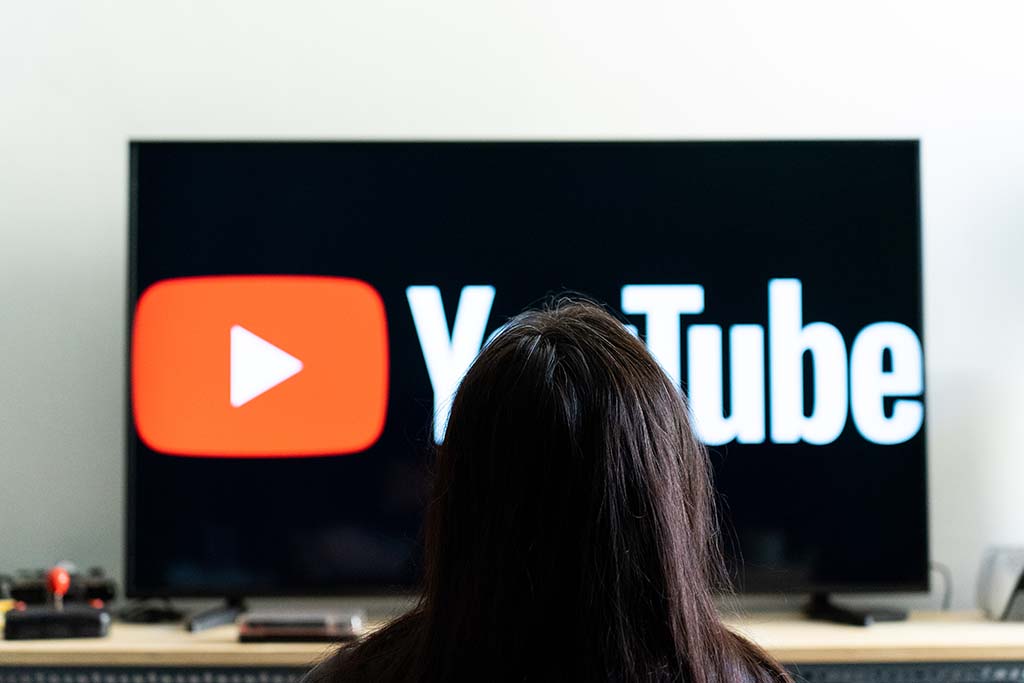
A curious thing has evolved in the world of digital consumption. On one side, there’s the rapidly growing world of YouTube, a platform that has carved its niche with consumers globally. On the other side, connected TV (CTV) — anticipated to be the better successor to linear TV — is chugging along slowly. What gives?

A report by WARC Media a couple of months back shined a light on this slower-than-expected growth. While Generation Z fully embraces streaming, spending almost the same amount of time as on linear TV, the CTV market overall is fragmented. The potential of connected TV is vast, and the projections are certainly bullish. However, when stacked against YouTube, which is predicted to have 17.4% more ad revenue year-over-year in 2023, the comparison is a stark reminder of the different trajectories of these platforms.
YouTube has become a behemoth not just for the sheer volume of content it hosts, but also for the granularity with which advertisers can target audiences. YouTube has had years to understand, refine and perfect its advertising algorithms, and it shows.
YouTube Shorts, and the bite-sized video content it provides for younger, shorter attention spans, is another advantage that CTV providers haven’t been able to match. If marketers have learned anything from the past 25 years of advertising on interactive platforms, it’s that the attention marketplace rewards shorter bites. The younger audiences and premium demographics so many marketers want to reach spend more time on TikTok than on Netflix, Prime Video and all other CTV platforms combined. As most parents of teens can attest, it’s rare for a teenager to sit through a 90-minute movie without simultaneously scrolling through social channels.
At any given time, roughly 50,000 campaign flights are active on YouTube. Most of them are paid for by credit card. YouTube simplifies the ad-buying process more effectively than any other platform. It aggregates a nearly infinite amount of video content while enabling marketers, even those as small as local supermarkets, to target messaging as narrowly as they’d like. If other CTV platforms want to build this sort of ease into their platforms for marketers, they might already be a decade behind.
It’s Still Early Days
The CTV landscape is still in its infancy. Just 20 years ago, Netflix’s primary business was sending out DVDs in red envelopes — a practice it finally shuttered in September. What may seem archaic is actually pretty recent.
Overall, the clarity with which brands can engage on platforms like YouTube is missing on CTV platforms. It's not just about scale, though that's certainly a factor. It's also about the nuance of delivery. When advertising on CTV, brands reach households, but what about individuals? Can the advertiser be sure which viewer is on the other side of that screen?
The evolution from linear to CTV might not be the revolution many expected. But in advertising, where content appears matters most. While CTV promises mass reach, YouTube actually provides it while also offering context. For brands to navigate this landscape, they need to recognize the inherent strengths and limitations of the platforms. It’s not enough to know where the audience is. Advertisers need to know exactly who they are.
Whether CTV can catch up to YouTube remains to be seen. Understanding and relevance will drive the future.







